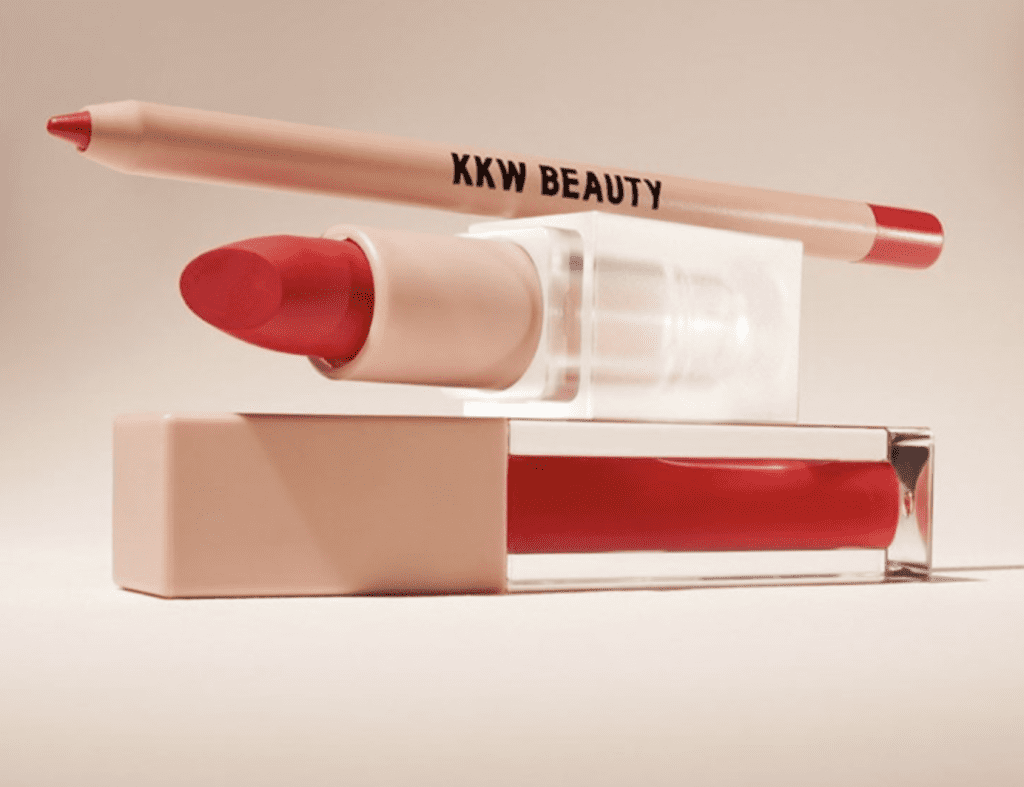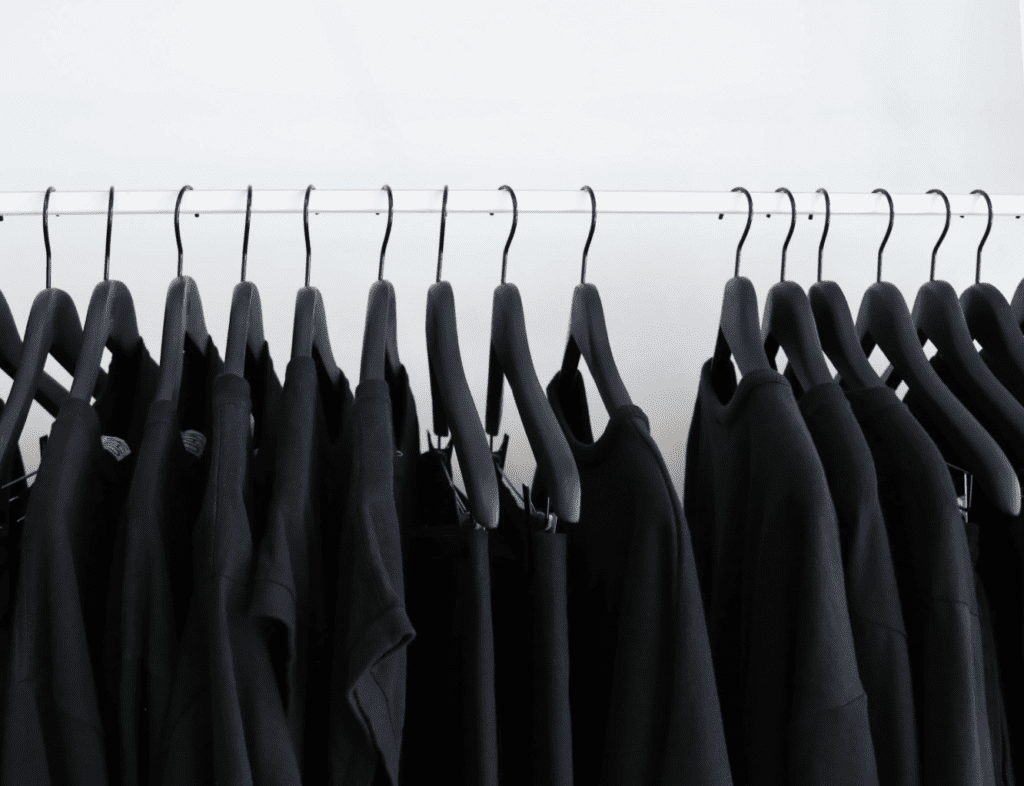The COVID-19 pandemic has seen many businesses – including some big-name entities – pushed into bankruptcy, as millions more (from high street names to those in the luxury space) have struggled to survive in light of lockdowns, shifting consumer priorities and consumption patterns, and an uncertain economy. As markets slowly begin to reopen across the globe, businesses are now being forced to navigate the challenges of a more discerning consumer base, which means that many companies are looking for ways not only to attract new buyers but to hold on to the ones they already have.
Aside from the obvious hit to sales, the fallout from COVID-19 has highlighted shortcomings in many companies’ strategies, including an over-reliance on brick-and-mortar sales at the expense of fully fleshed-out e-commerce operations, and it has brought to the forefront weaknesses of no small number of brands in integral areas, such as their use of technology. The pandemic has also had an impact on brands, themselves, which are the identifiers that enable consumers to identify the source of a product or service, and the very assets that consumers tend to develop an affinity for.
Historically, consumers have stayed loyal to a brand as a result of the quality or due to an emotional connection. However, in the new market landscape rife with disruptive new-comers, other factors are proving to be increasingly important. Conscious consumers are considering the moral compass of a company, its sense of social responsibility, and the efforts that it is making to have a cleaner environmental footprint, for example, when making purchasing decisions. This shift in the decision-making process means that brands have a fight on their hands in order to retain consumer loyalty and stay ahead of competitors. They have to offer the consumer something more, while simultaneously retaining the original selling points that made the brand attractive to consumers in the first place. At the same time, price also plays a factor, and as a result, even moderately priced goods are being assessed against cheaper alternatives.
The result is such that businesses are not only re-entering a fiercely competitive market in the wake of the pandemic, but they also have to contend with a more sophisticated and judicious consumer than before. While many strategies aimed at addressing the evolving market will be underpinned by marketing and advertising, some businesses may need to go a step further to attract the necessary attention. One of the most obvious ways to do this is by changing or updating their branding.
Post-pandemic branding considerations
In the early stages of the pandemic, social media was awash with temporary marketing changes in famous trademarks that reflected social distancing guidelines. Italian sportswear brand Kappa, temporarily modified its famed “Omini” logo by adding some space between the silhouette of a man and woman leaning against each another. In a similar effort, Audi has separated its logo, which typically features four interlocked rings. At the same time, McDonald’s cut its well-known golden arches in half, while Mercedes’ star emblem logo came to feature a star disconnected from the surrounding circle. These clever changes achieved what they needed to – they grabbed the consumer’s attention in an otherwise closed economy.
Brands must now look at the medium to long term, and develop a strategy that will attract and retain consumers for the foreseeable future. For at least some brands, that appears to include making changes to their branding.
When considering a rebrand or an update to an existing brand (where changes may be minor), it is vital that the proper considerations are given to the associated intellectual property. Depending on the extent of the changes being made, brand owners may have to clear new marks to ensure that they will not infringe any prior existing third-party rights. If only certain elements are being altered, protections that are already in place for the original branding may not extend to new versions. As such, any proposed changes should be cleared by legal counsel to ensure that adequate protections are in place.
Beyond tweaking their own branding assets, existing brands may also consider joining forces temporarily in an attempt to bring something new to the market, not unlike what Kering-owned Gucci and Balenciaga have done recently in mashing up their logos and house codes for their respective collections, culminating in a fan frenzy and widespread social media attention to come with it. In instances when the co-branding tie-ups are not unions between two companies with the same owner, such as in the recent case of LVMH-owned Dior teaming up with privately-held Sacai, co-branding efforts should be considered from an intellectual property perspective in order to prevent misunderstandings as to the use of each party’s intellectual property, particularly if such collaborations are to last for a considerable period. And careful consideration should also be given to ownership of any newly created intellectual property.
At the same time, now may be an opportune time for larger companies to assess the breadth of the assets in their portfolio and try to monetize their brands in ways beyond their current uses. This could come in the form of licensing deals – or maybe more likely for control-happy luxury goods names, joint ventures – that make use of the assets of companies’ core brands in connection with new products/services and/or new geographic markets. In what might be a less traditional means of monetizing existing assets, companies can consider brands in their portfolio that are dormant or that have been used inconsistently or on a much smaller scale, which could be ripe for assignment or licensing to third parties – or maybe even more interestingly, large-scale revamps, which is precisely what LVMH has been aiming to do with Patou, for instance.
Potential changes and/or new approaches to brands, themselves, are starting to play out across the industry. Kim Kardashian’s KKW, for instance, is slated for a rebrand with new formulations “packaged into a more modern, innovative, enhanced and sustainable new look” coming soon (and a reported dropping of the “W”). Sister Kylie Jenner has relaunched her cosmetics brand to include “new and improved formulas that are clean and vegan, along with refreshed packaging.” Still yet, Tiffany & Co. made headlines this spring when it adopted a new yellow hue in furtherance of a marketing push presumably aimed at digitally-connected consumers.
Most recently, in something of the same vein as the Gucci and Balenciaga project. Capri Holdings-owned Versace and LVMH-owned Fendi joined for a co-branded collaboration, coined Fendace, which they are calling a “swap” (of the two brands’ creative directors), and stated on Sunday that the collection represents “Kim Jones’s vision for Versace and Donatella Versace’s interpretation of Fendi.”
These efforts are expected to continue as companies emerge from lengthy COVID lockdowns and sales slumps, and aim to remain relevant in light of shifting consumer expectations and priorities, the pandemic has also forced some businesses into new areas in order to survive, whether that be a diversification of the goods that a company sells or the services it is offering. If that has been the case, an assessment of current protections should be made to determine whether the coverage should be expanded.
And finally, businesses that have staved off bankruptcy to date but that are struggling with their way back to profitability as a result of the pandemic may be acquired or merged with larger entities that have managed to withstand the economic impact. Many strong market players, whether it be powerhouse conglomerates or private equity groups, will no doubt seize this opportunity to grow and in some cases, absorb potential rivals completely. Whatever the ultimate action, such deals should be underpinned by a full audit of any associated intellectual property rights.
The next year will be just as challenging for many businesses and brand owners. For those that survive and ultimately thrive, it is important to retain control over associated intellectual property. After all, intellectual property is often a company’s biggest asset and, in such uncertain times, its value should not be underestimated.
Renee Nugent is a Senior Associate in the Intellectual Property Group at Bird & Bird in Dubai. She specializes in all aspects of brand protection.
This article was initially published in June 2021, and has been updated to reflect additional projects, such as Fendi and Versace’s collaboration.











